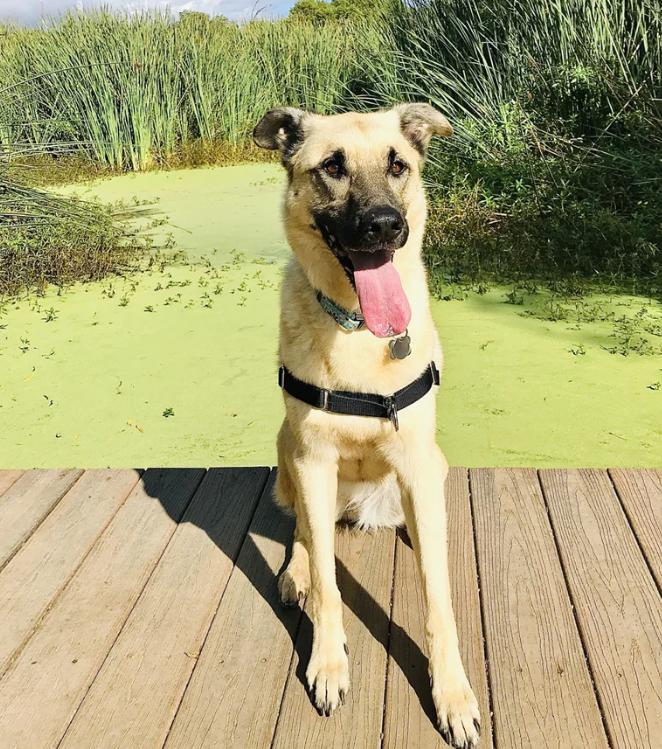It’s a hot summer day. You and the family are having some sun-soaked fun. Burgers are on the grill; the kids are tiring themselves out and that tan you’ve been working on is looking great. There’s only one thing left to address—your two-year-old yellow lab, Duke. Duke is ready to play, so you decide to hurl his trusty tennis ball into the park’s pond, figuring the water will cool him down as he plays. Unfortunately for Duke, this fateful decision will have long-term consequences and could even result in his death.
Unbeknownst to you, the park’s pond contains a large amount of blue-green algae, or pond scum. This bacterium, which is commonly found in warm, nutrient-rich freshwater, is on the rise throughout the U.S. thanks to rising global temperatures. It is also potentially fatal to dogs if ingested.
Here’s some additional information about blue-green algae and tips to keep your best friend safe and cool when temperatures climb.
What Exactly Is Blue-Green Algae?
Blue-green algae, also known as Cyanobacteria, are a group of photosynthetic bacteria that generally grow in lakes, ponds and slow-moving streams when the water is warm and enriched with nutrients like phosphorus or nitrogen. Most species are buoyant and will float to the surface, where they form scum layers or floating mats. When this happens, it’s called a “blue-green algae bloom.”
Why Blue-Green Algae Is Dangerous to Dogs
When blue-green algae bloom, the bacterium become incredibly toxic to dogs and humans alike. It’s especially dangerous to dogs because of their tendency to play in the water. If your dog is a fetcher and catches tennis balls or other round-shaped toys, this can lead to greater ingestion of water containing the algae. Dogs may also lick the toxic bacteria off their fur or paws.
Symptoms of Blue-Green Algae Toxicity
If blue-green algae is ingested, it can cause severe neurologic or liver damage.
Signs of blue-green algae toxicity include:
●Seizures
●Panting
●Excessive drooling
●Respiratory failure
●Diarrhea
●Disorientation
●Vomiting
●Liver failure
●Ultimately death
If your dog begins to experience any of these symptoms, you should contact your veterinarian immediately.

Post time: Aug-01-2023